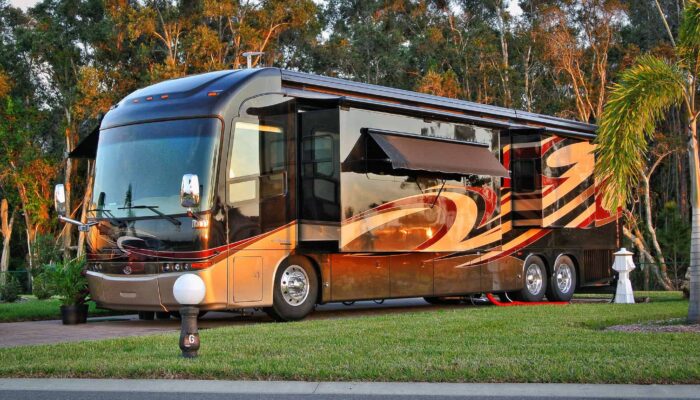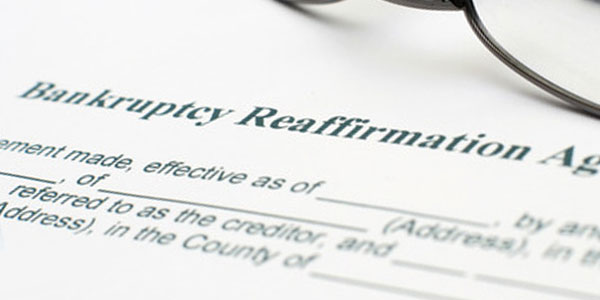Do Motor Homes Qualify as Mobile Homes and California Homestead
Mobilehomes are protected residences, but if the home has a motor, it may have a different roll.
A recent Arizona case says a “motor home” isn’t a “mobile home” for the homestead exemption. You may ask yourself, “why is a California bankruptcy lawyer writing about a Arizona court ruling on Arizona state law?” And the answer is: because it lets us dive into a discussion of whether a motor home is a mobilehome here under the California homestead exemption.
Continue reading “Do Motor Homes Qualify as Mobile Homes and California Homestead”





